Who is winning the Ukraine war?
Vladimir Putin continues to stall on ceasefire agreement, even as Russian advance slows
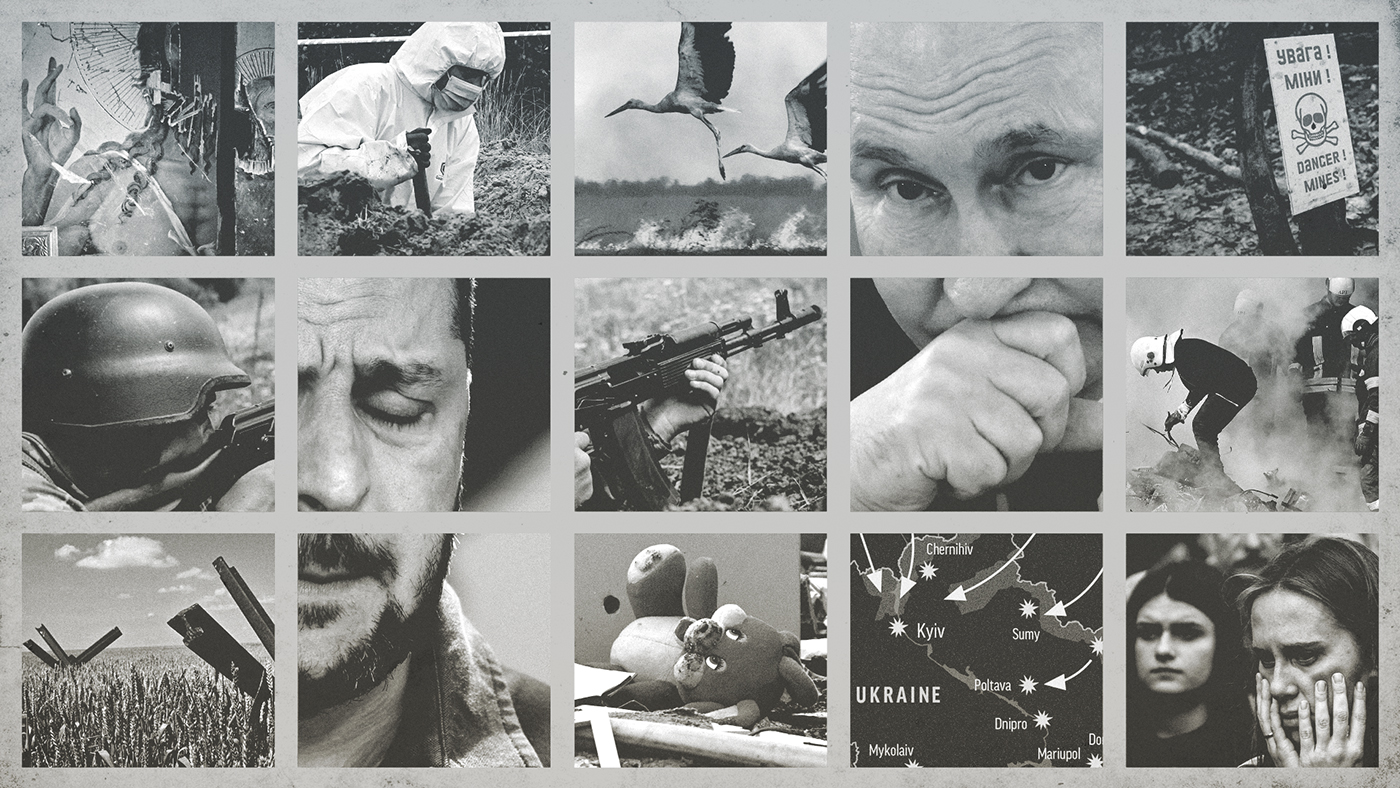
Russian attacks on Ukraine have more than doubled since Donald Trump took office, according to a report by the BBC.
Since Trump returned to the White House in January the "recorded aerial attacks from Moscow have reached their highest levels of the war", despite the president declaring he would "bring an end to fighting in just one day if returned to office".
Further data from the Ukrainian military also revealed that Russia has increased its production of ballistic missiles by 66% in the past year, and has ramped up the size of its barrages consistently through the summer.
Subscribe to The Week
Escape your echo chamber. Get the facts behind the news, plus analysis from multiple perspectives.

Sign up for The Week's Free Newsletters
From our morning news briefing to a weekly Good News Newsletter, get the best of The Week delivered directly to your inbox.
From our morning news briefing to a weekly Good News Newsletter, get the best of The Week delivered directly to your inbox.
Russia is also moving forward on the ground, having taken the city of Chasiv Yar in the eastern Donetsk region this week after "months-long efforts" that have "cost the Russians dearly in blood and weapons", said Al Jazeera.
All this comes despite Trump's threat of sanctions on Russia if the Kremlin fails to agree a ceasefire by Friday. US special envoy Steve Witkoff met with Vladimir Putin this week in a "last-ditch effort for peace" before the deadline passes, said The Times.
Can Ukraine win the war?
With peace talks continuing to stall even as Ukraine battles to slow the advance of Russian forces further into its territory, the outcome of the war is increasingly likely to be decided by two key factors: supply of soldiers and maintaining international support.
Ukraine's President Volodymyr Zelenskyy has already lowered the age of military conscription in Ukraine to 25 in an attempt to boost troop numbers. But conscription remains a touchy topic in Ukraine, and officials have had to tread lightly amid dwindling enthusiasm for military service. Last year, Al Jazeera reported "feared patrols" hunting for potential conscripts, as officials searching for recruits "stalk nightclubs, concerts and subway stations". There were accusations that some were employing "dubious measures", including efforts to "round people up randomly".
A free daily email with the biggest news stories of the day – and the best features from TheWeek.com
Ukraine's "inherent weakness is that it depends on others for funding and arms", said the BBC's international editor, Jeremy Bowen. On the other hand, Russia "makes most of its own weapons" and is "buying drones from Iran and ammunition from North Korea" with no limitations on how they are used. It also enjoys an advantage in raw manpower, bolstered by yet another massive conscription drive last month. Putin's aim is to have a bigger army than America's, with 1.5 million active servicemen, "a sign of Russia's relentless militarisation", said Sky News' Moscow correspondent Ivor Bennett.
Yet despite its manpower advantages, Russia's gains on the battlefield have "slowed dramatically" in recent months, said The Telegraph. Western officials and analysts say Ukraine was able to stall Russia's "potentially war-winning offensive" in the east of the country "through a combination of improved drone tactics and defences".
Its superiority appears to finally be paying off. In May, Russian forces made their biggest land grab of the year, seizing 215 square miles according to the open-source DeepState monitoring website in Ukraine. An area roughly the size of Liverpool or Chicago, the "goal is to cut off supply routes used by Ukrainian troops in the east, and create a buffer zone inside Ukraine's northern borders", said the BBC. It also recently captured the city of Chasiv Yar in Donetsk and is closing in on Kupiansk in Kharkiv, but these campaigns have been months in the making and used huge resources.
"But its advance remains relatively slow. At this pace it would take more than 70 years to capture the entire country."
Putin is "convinced that Russia's battlefield superiority is growing, and that Ukraine's defences may collapse in the coming months", said The New York Times, citing two people close to the Kremlin. "Given Russia's ongoing offensive, they say, Putin views it as out of the question to halt the fighting now without extensive concessions by Ukraine."
What does victory look like for each side?
Before Russia launched its invasion in February 2022, Putin outlined the objectives of what he called a "special military operation". His goal, he claimed, was to "denazify" and "demilitarise" Ukraine, and to defend Donetsk and Luhansk, the two eastern Ukrainian territories occupied by Russian proxy forces since 2014.
Another objective, although never explicitly stated, was to topple the Ukrainian government and remove Zelenskyy. "The enemy has designated me as target number one; my family is target number two," said Zelenskyy shortly after the invasion. Russian troops made two attempts to storm the presidential compound.
Russia shifted its objectives, however, about a month into the invasion, after Russian forces were forced to retreat from Kyiv and Chernihiv. According to the Kremlin, its main goal became the "liberation of the Donbas", including the regions of Kherson and Zaporizhzhia – but Moscow has made little progress in achieving this aim.
Russia has since scaled back its objectives. The Kremlin's "minimum requirement" appears to be "occupying the entirety of the Donbas region (comprising the provinces of Luhansk and Donetsk)", said The Economist. It also wants to regain "control of Russia's own Kursk region, which Ukraine has partly occupied", and hold on to "the 'land bridge' it seized in the early stages of the war connecting Crimea to Russia".
The Russian leader has repeatedly reiterated that the root causes of the conflict must first be eliminated before any ceasefire agreement. This is the language Putin "often uses as code to mean the removal" of Zelenskyy "and the installation of a Russian proxy government, as well as the incorporation of five illegally annexed Ukrainian regions into Russia", said Sky News.
As it stands, there is "no reason" to believe Putin wants long-term peace, said Sky News military analyst Michael Clarke, because "that's not good for his rule".
Ukraine's main objective remains the liberation of its occupied territories. That includes not just those held by Russia since the February 2022 invasion, but a return to its internationally recognised borders, including Crimea.
How many Russian and Ukrainian troops have died in the conflict?
True casualty figures are "notoriously difficult to pin down", said Newsweek, and "experts caution that both sides likely inflate the other's reported losses".
More than 46,000 Ukrainian soldiers had been killed and 380,000 injured on the battlefield, Zelenskyy said in an interview with NBC in February, with "tens of thousands" missing or in Russian captivity. However, as of July, UALosses, a web project that records Ukrainian casualty data from open sources, lists 77,607 as having been killed in the war so far.
Moscow has fared even worse. According to an April 2025 estimate in Russia Matters, which keeps a daily tally of battlefield casualties, more than 790,000 Russian personnel had been killed or injured.
In June, Russia's wartime toll reached a "historic milestone", said The Guardian, with more than a million troops killed or injured since the start of the invasion, according to the UK Ministry of Defence.
This corresponds with figures released by the Centre for Strategic and International Studies think tank, which puts Russian military deaths at up to 250,000 and total casualties, including the wounded, at over 950,000.
-
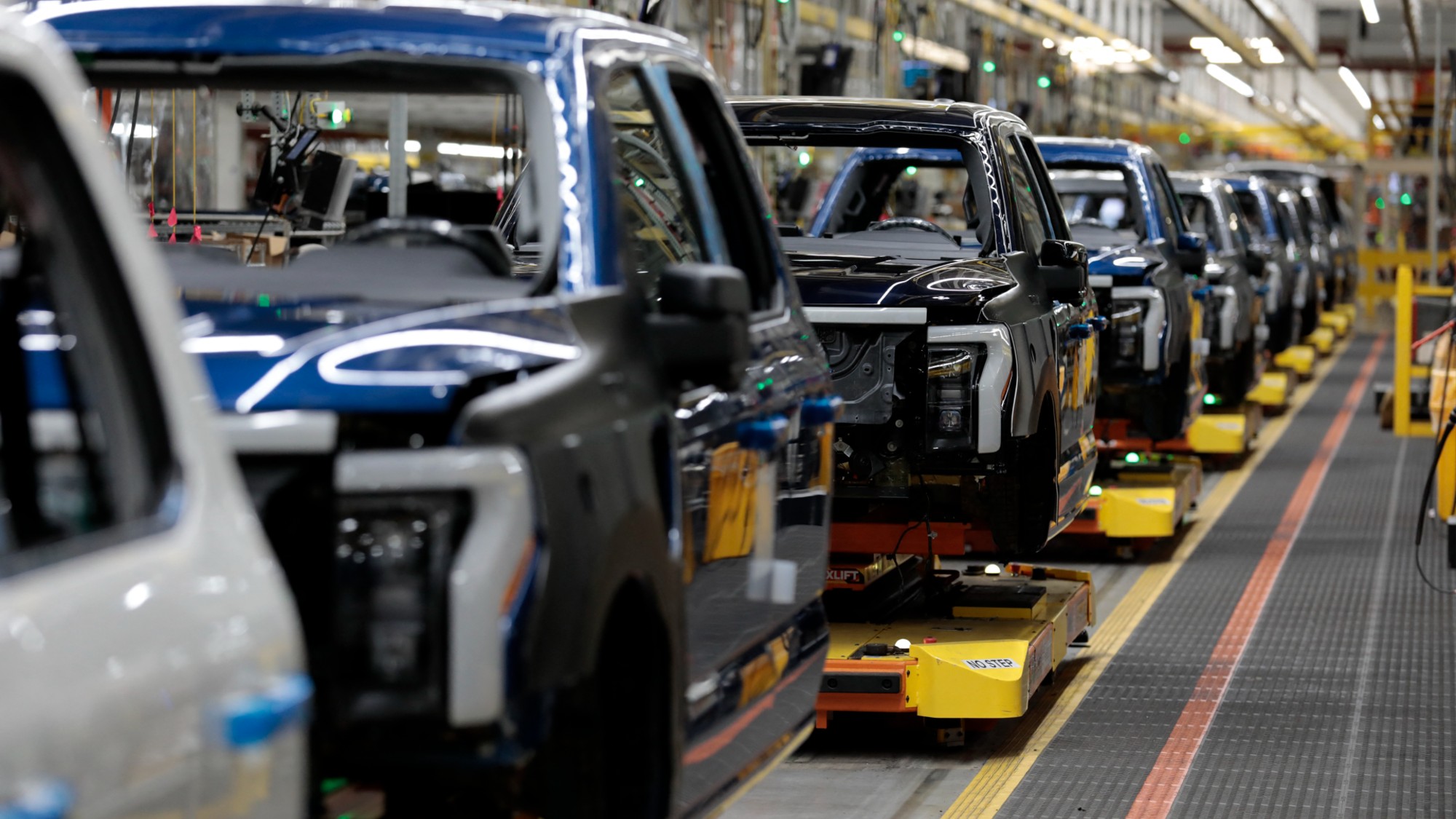 How will Ford reinvent EV manufacturing to compete with China?
How will Ford reinvent EV manufacturing to compete with China?Today's Big Question Henry Ford's assembly line system is being replaced
-
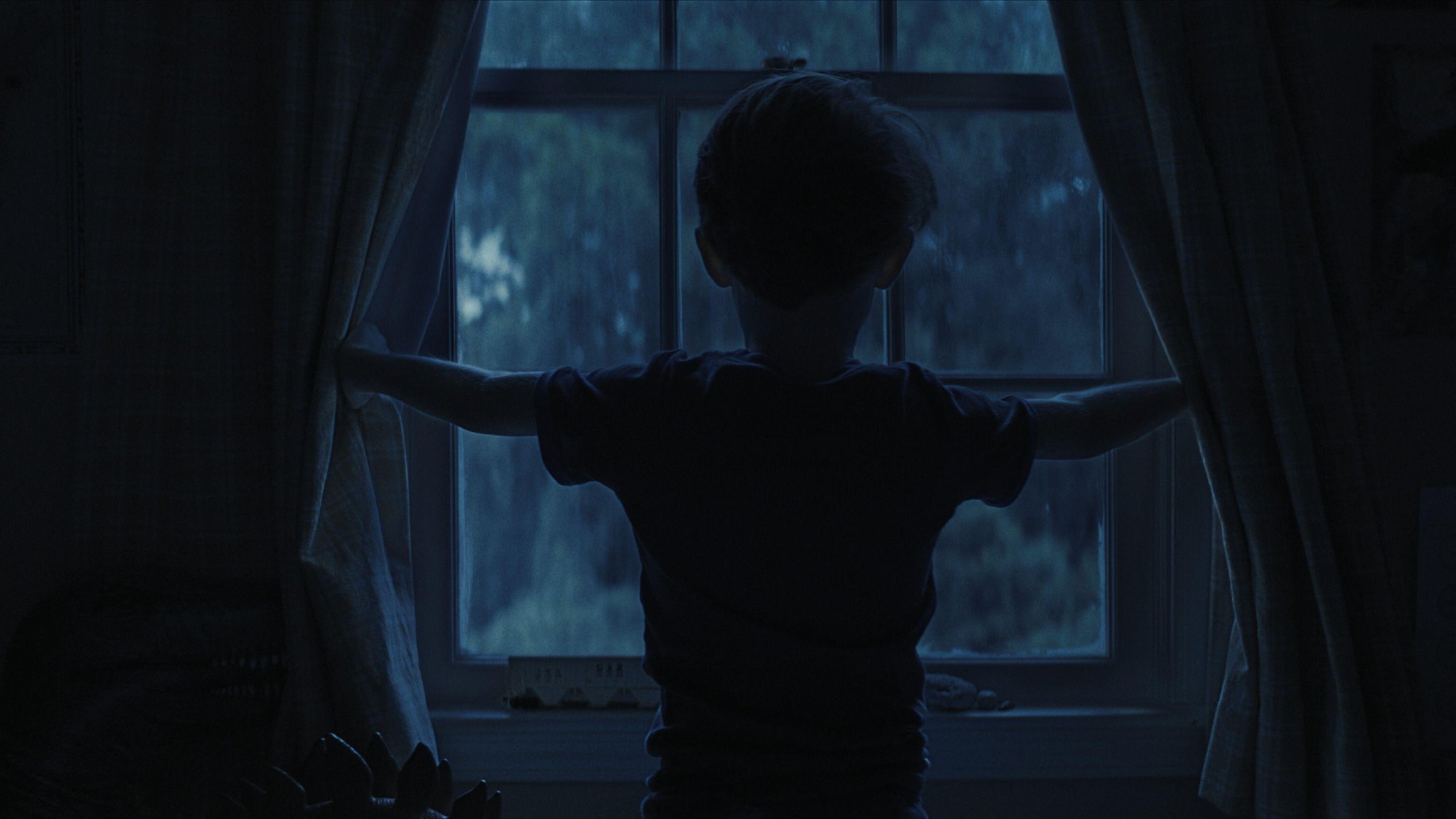 The latest entry in Ethan Coen's queer trilogy, a Jeff Buckley documentary and the rare children's horror flick in August movies
The latest entry in Ethan Coen's queer trilogy, a Jeff Buckley documentary and the rare children's horror flick in August moviesthe week recommends The month's film releases include 'Honey Don't!,' 'It's Never Over, Jeff Buckley' and 'Sketch'
-
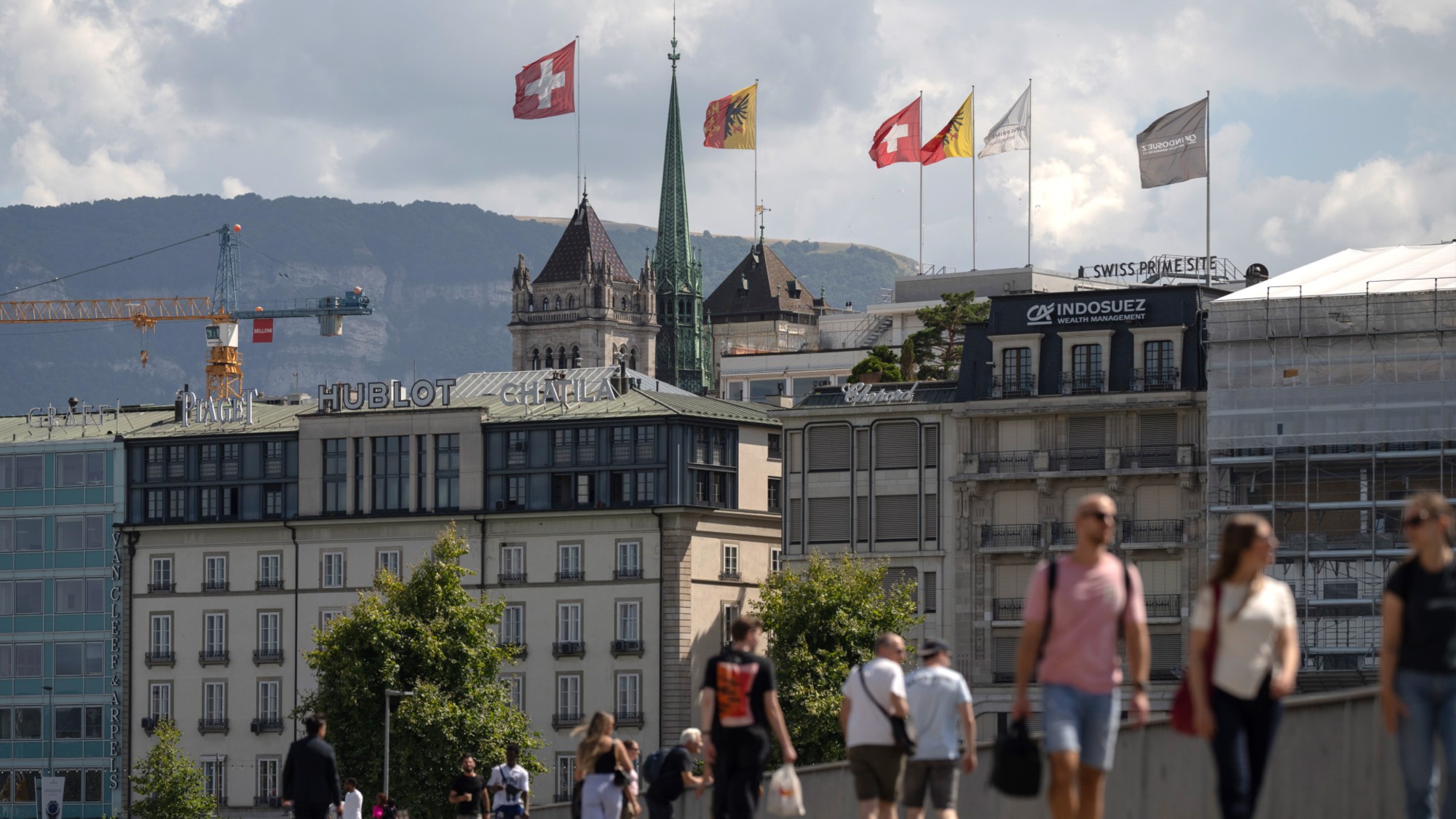 Switzerland could experience unique economic problems from Trump's tariffs
Switzerland could experience unique economic problems from Trump's tariffsIn the Spotlight The current US tariff rate on Switzerland is among the highest in the world
-
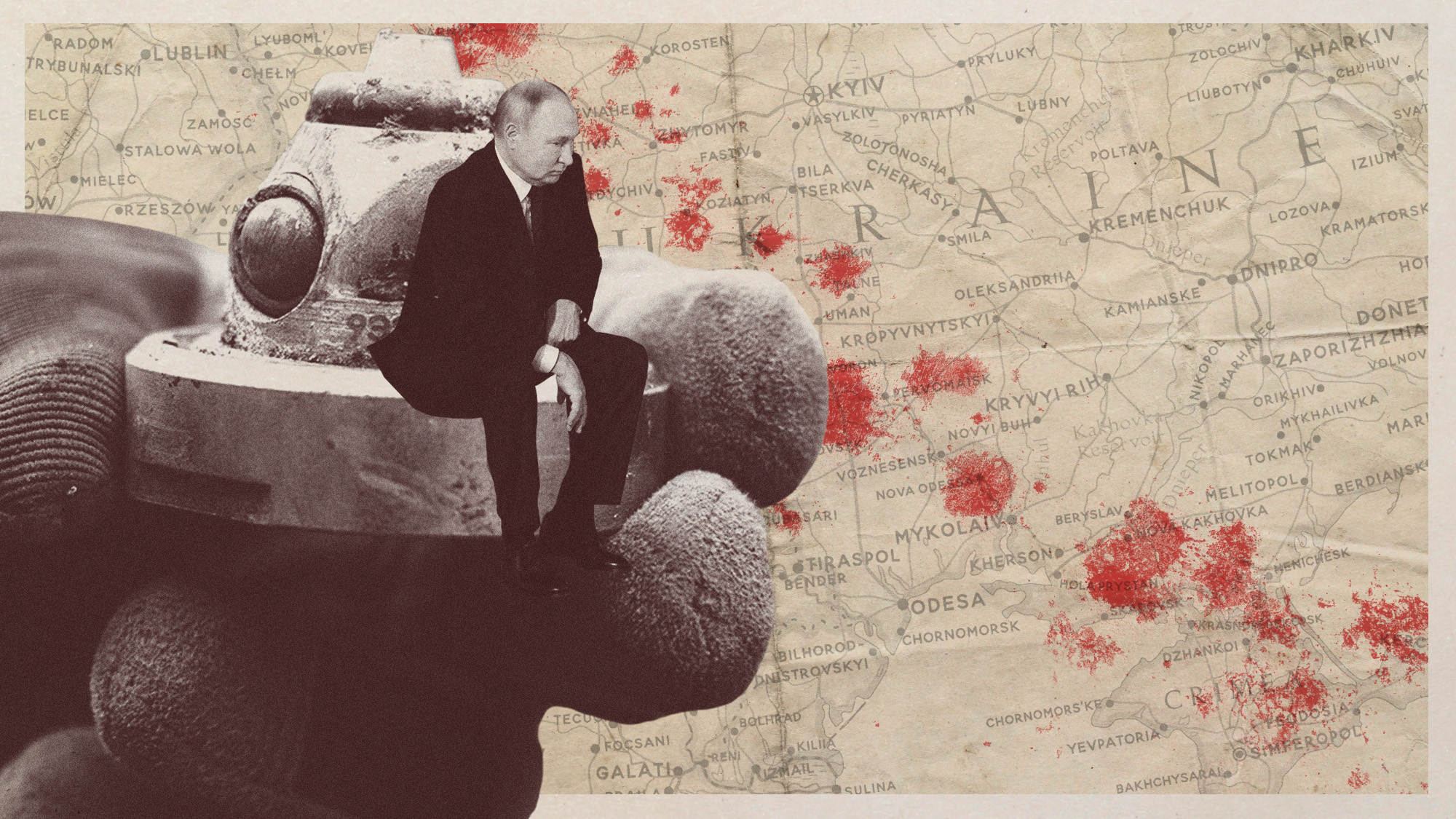 Ottawa Treaty: why are Russia's neighbours leaving anti-landmine agreement?
Ottawa Treaty: why are Russia's neighbours leaving anti-landmine agreement?Today's Big Question Ukraine to follow Poland, Finland, Lithuania, Latvia and Estonia as Nato looks to build a new ‘Iron Curtain' of millions of landmines
-
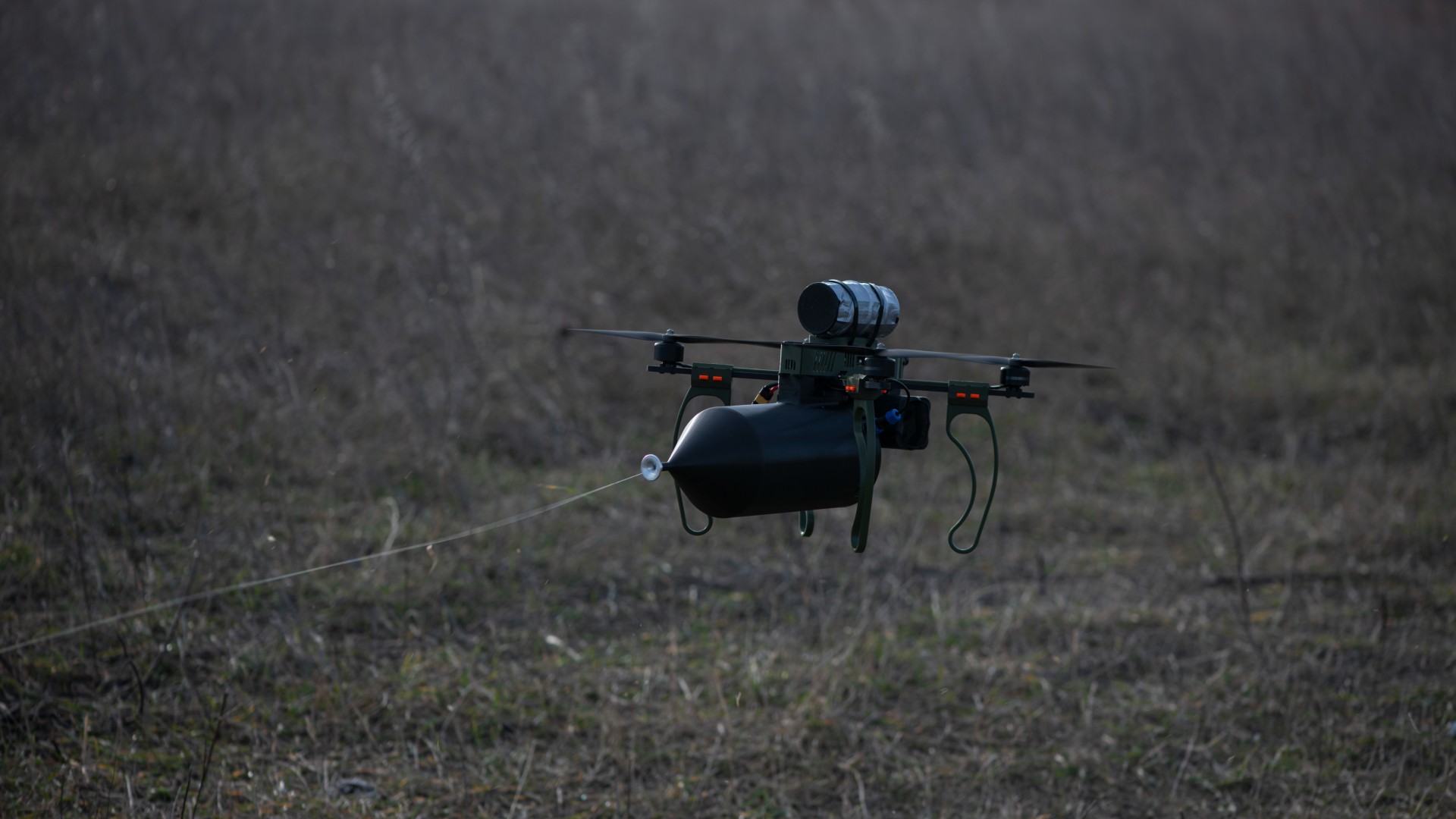 How drone warfare works
How drone warfare worksThe Explainer From Ukraine to Iran, it has become clear that unmanned aircraft are rapidly revolutionising modern warfare
-
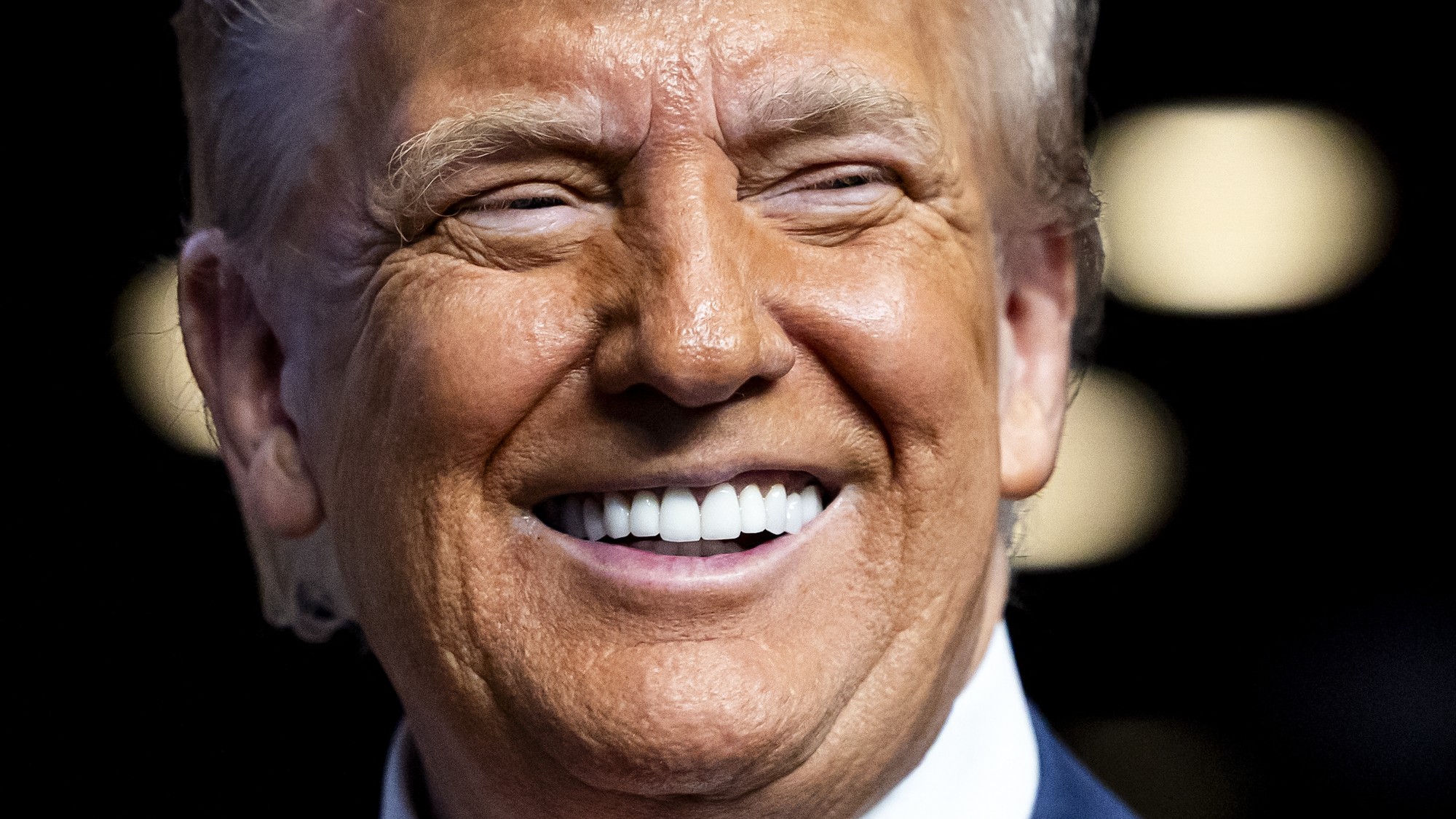 How long can Nato keep Donald Trump happy?
How long can Nato keep Donald Trump happy?Today's Big Question Military alliance pulls out all the stops to woo US president on his peacemaker victory lap
-
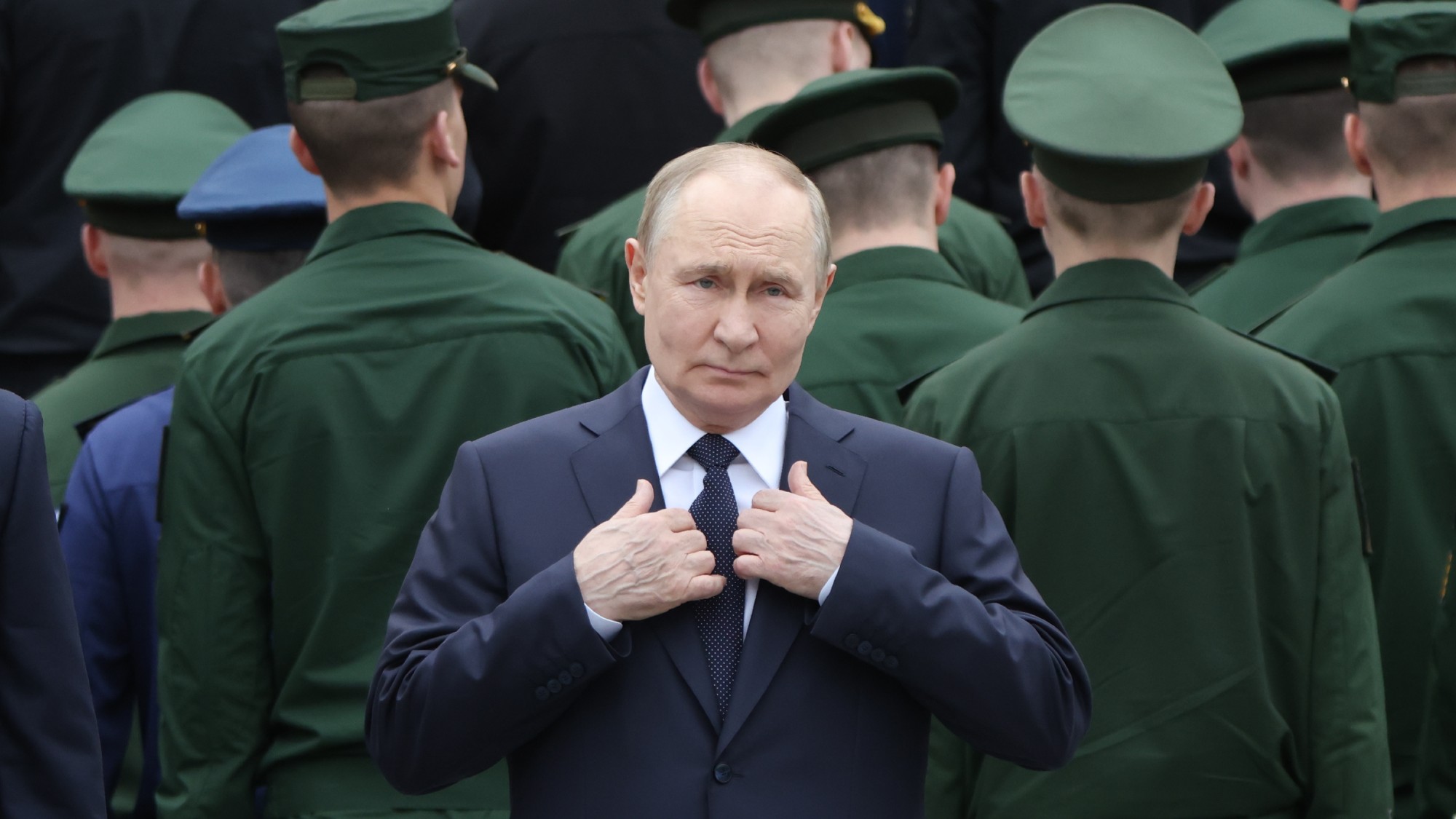 How far would Russia go for Iran?
How far would Russia go for Iran?Today's Big Question US air strikes represent an 'embarrassment, provocation and opportunity' all rolled into one for Vladimir Putin
-
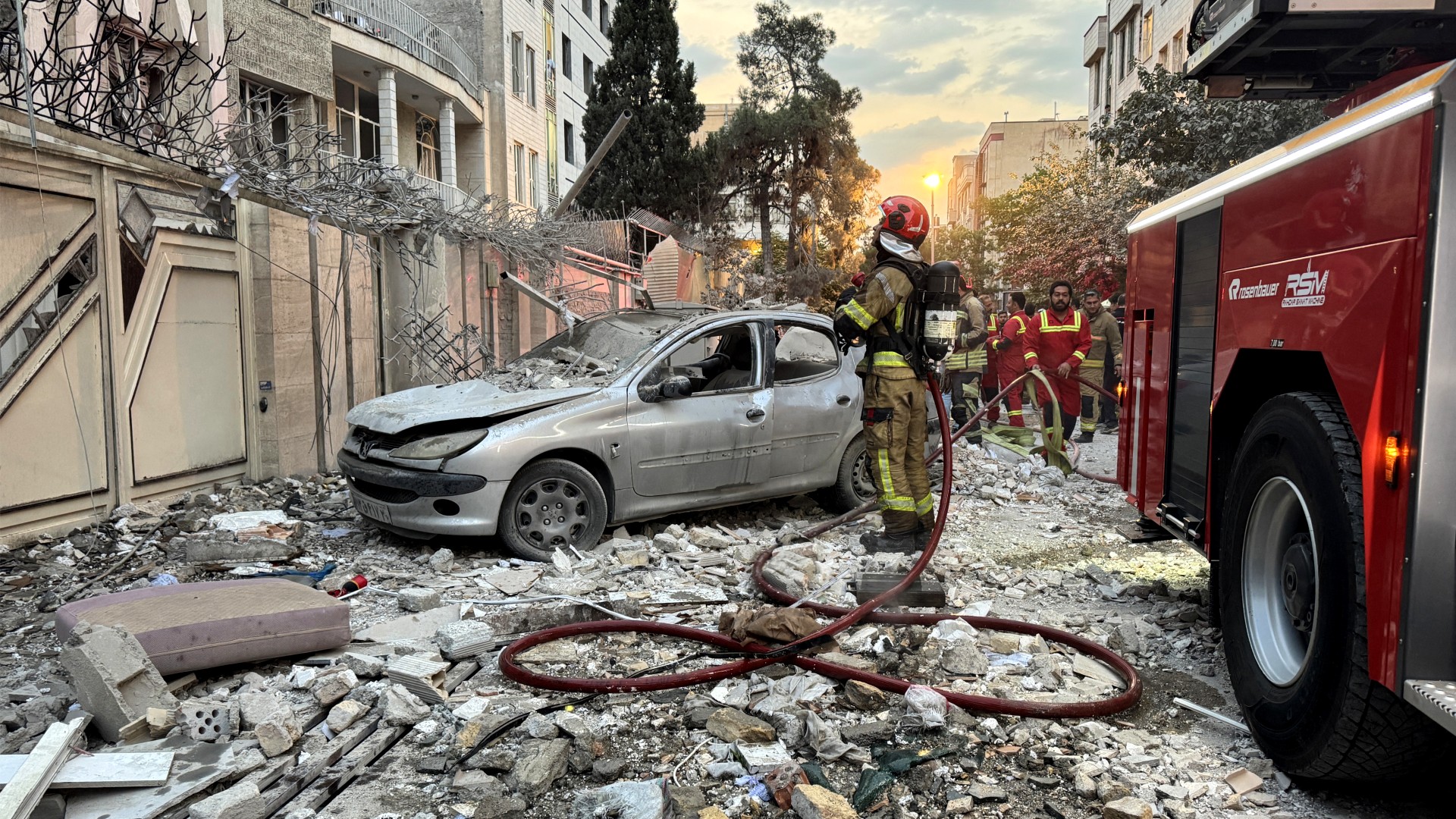 How the Israel-Iran conflict broke out
How the Israel-Iran conflict broke outThe Explainer Israel's strike on Iran's nuclear and missile programmes was years in the planning
-
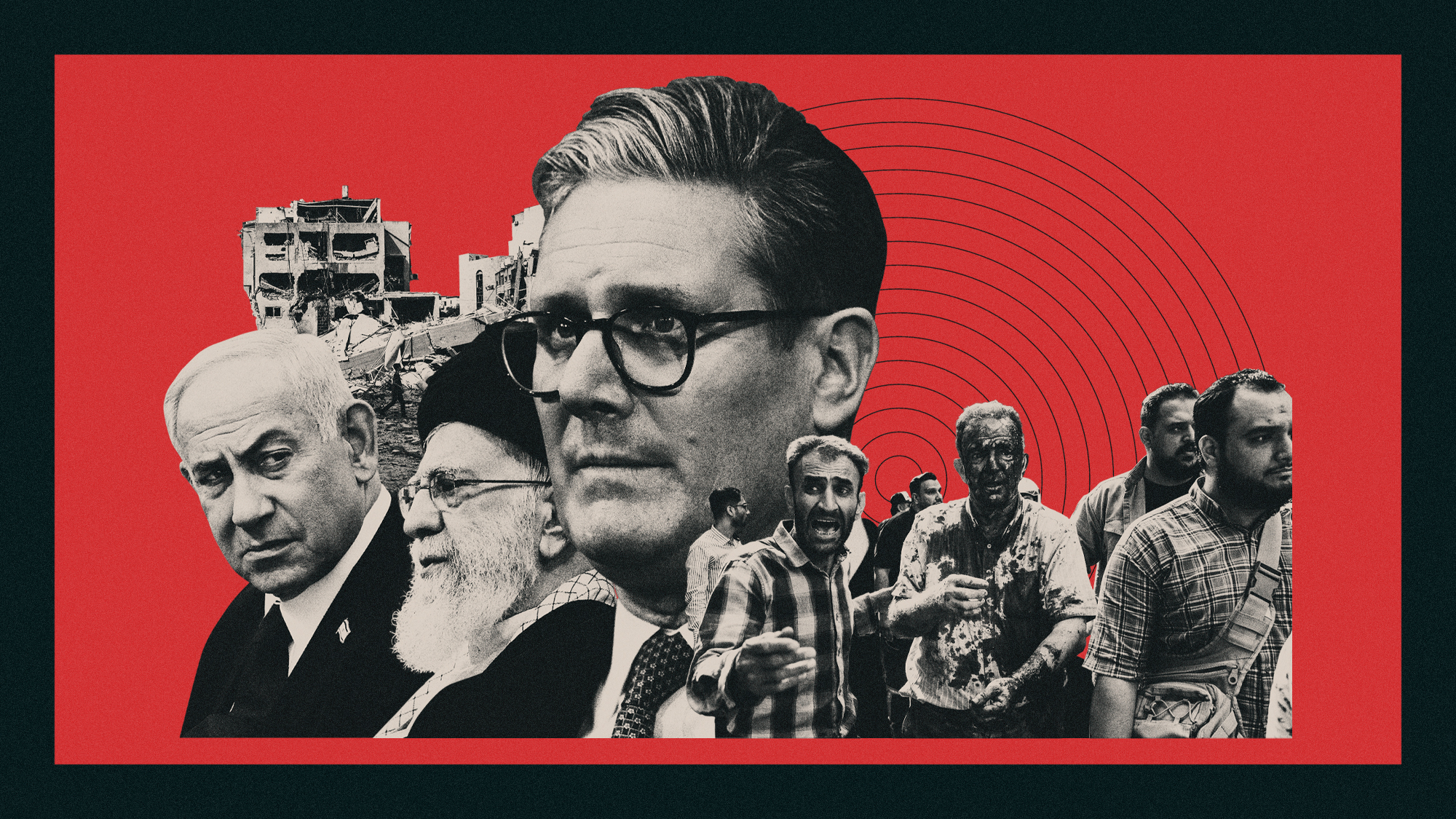 Will the UK get involved in the Israel-Iran conflict?
Will the UK get involved in the Israel-Iran conflict?Today's Big Question Keir Starmer is 'walking a tightrope' in helping Israel limit Tehran's nuclear capabilities without being seen to do so
-
 Are the UK and Russia already at war?
Are the UK and Russia already at war?Today's Big Question Moscow has long been on a 'menacing' war footing with London, says leading UK defence adviser
-
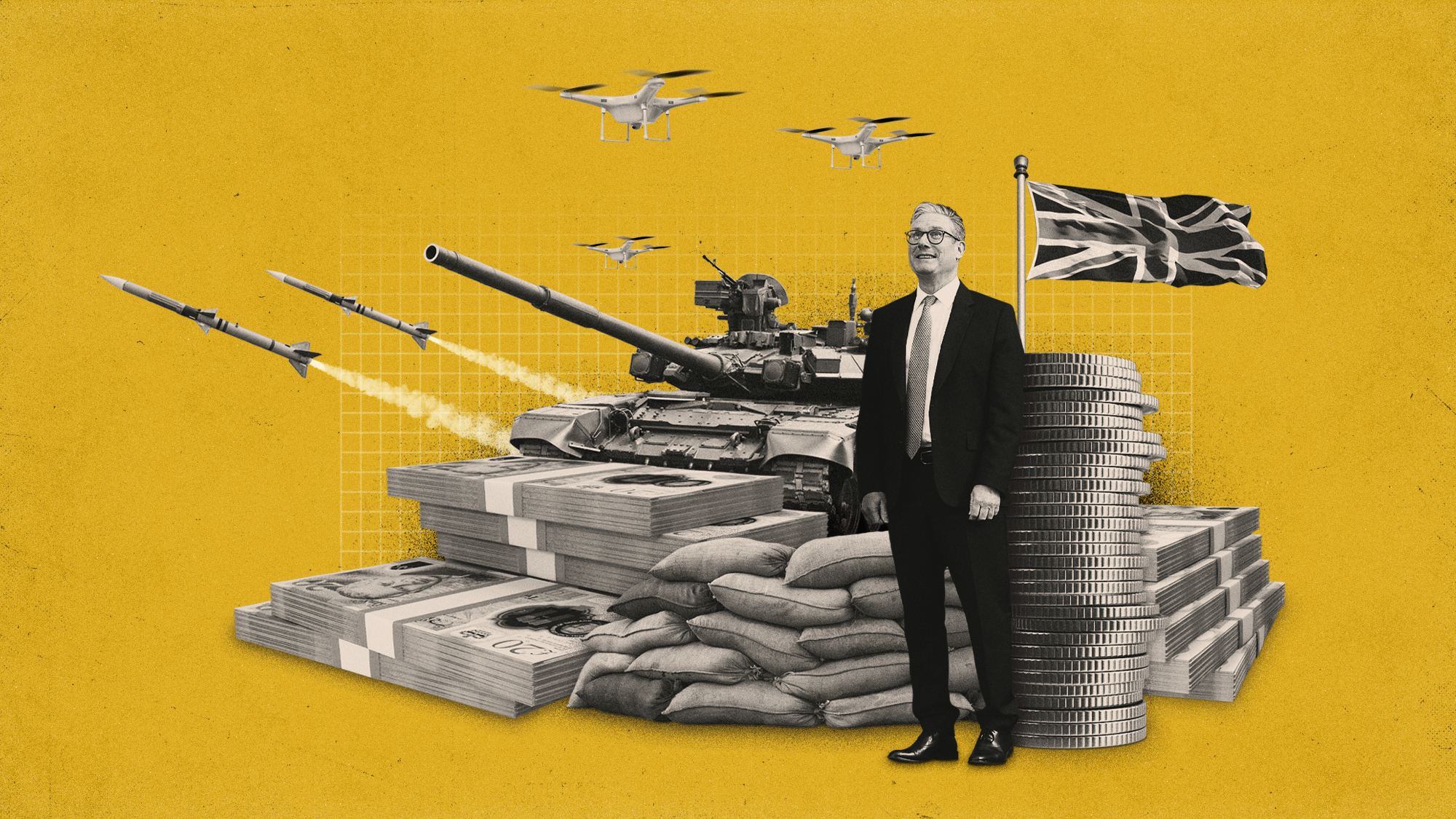 Is UK's new defence plan transformational or too little, too late?
Is UK's new defence plan transformational or too little, too late?Today's Big Question Labour's 10-year strategy 'an exercise in tightly bounded ambition' already 'overshadowed by a row over money'